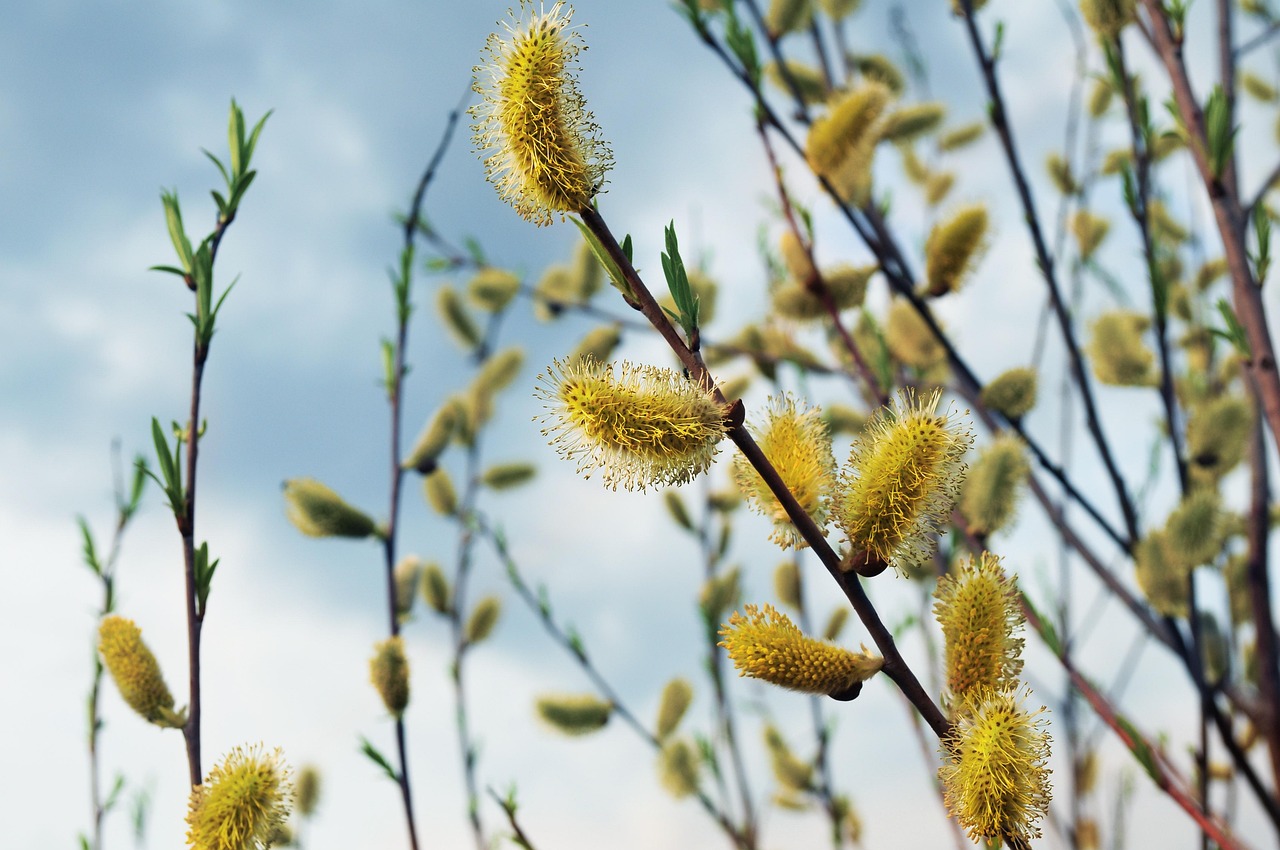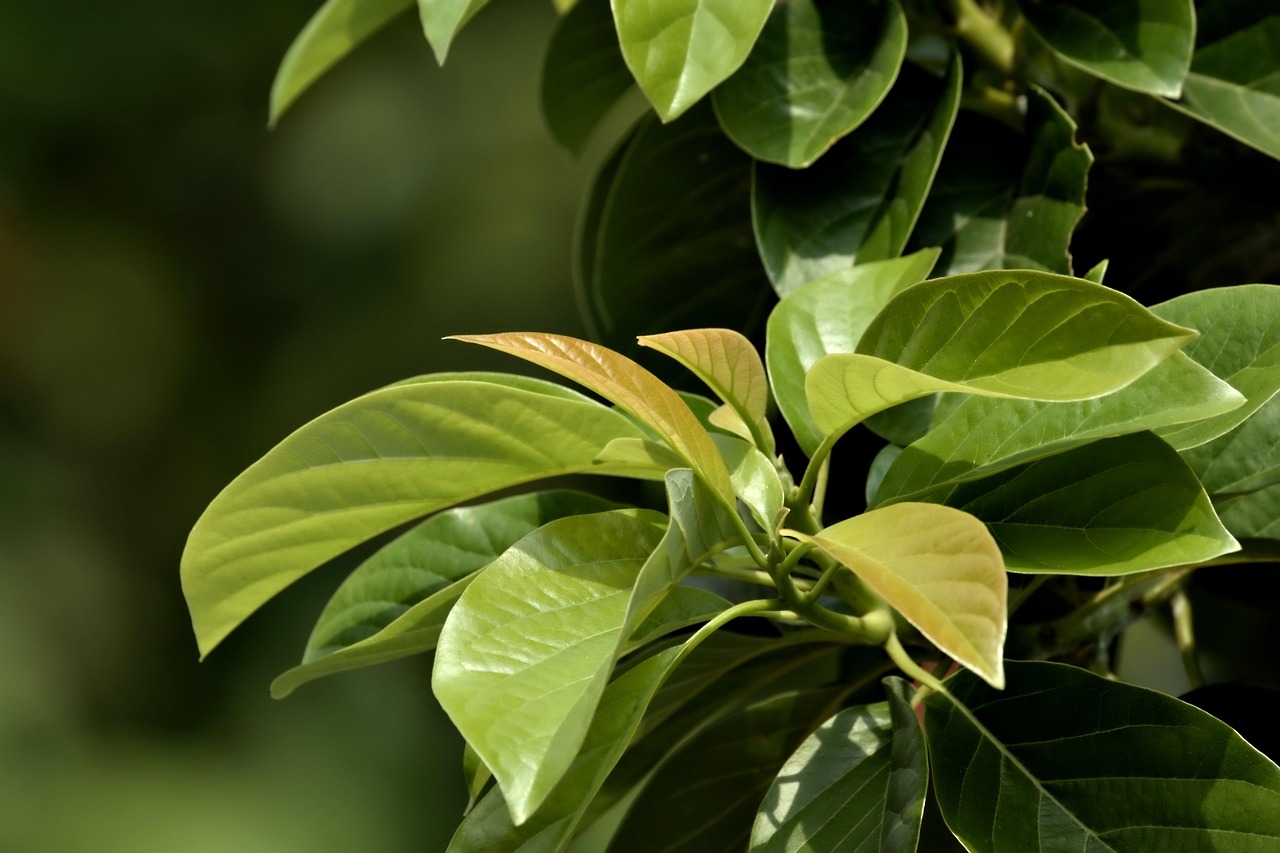Tree bud growth in the lungs is an extremely rare medical phenomenon, often associated with a condition known as bronchial or pulmonary sequestration. This abnormality can lead to complications such as respiratory distress and infections. Understanding its causes and implications is essential for effective diagnosis and treatment.
Understanding Tree Bud Growth in the Lungs
Tree bud growth, also referred to as bronchial or pulmonary tree growth, occurs in a limited number of cases. It is characterized by abnormal tissue resembling tree buds developing within the lung tissue. This abnormal growth can arise from various underlying conditions or congenital anomalies. The presence of these growths can significantly impact lung function and overall health.

The lungs are complex organs responsible for gas exchange, allowing oxygen to enter the bloodstream while expelling carbon dioxide. Any abnormal growths within this system can disrupt normal function. Tree bud growth typically manifests in individuals with specific medical histories or genetic predispositions.
There are several key factors that contribute to the occurrence of tree bud growth in the lungs. These factors can include:
- Genetic predisposition to congenital lung abnormalities
- Previous lung infections that may promote abnormal growth
- Environmental factors contributing to chronic lung disease
- Developmental issues during fetal stages
Understanding these factors is crucial for healthcare providers when assessing patients with unusual lung findings. For instance, congenital conditions like bronchial atresia or pulmonary sequestration can lead to the formation of abnormal structures within the lungs, resembling tree buds.

Clinical Presentation and Diagnosis
The clinical presentation of tree bud growth in the lungs may vary depending on the extent of the abnormality and the patient’s overall health. Common symptoms include:
- Chronic cough
- Shortness of breath
- Recurrent respiratory infections
- Chest pain or discomfort
Diagnosing tree bud growth typically involves a combination of imaging studies and clinical evaluation. Physicians may utilize various diagnostic tools, including:
| Diagnostic Tool | Description |
|---|---|
| X-ray | A basic imaging technique that can reveal abnormal lung structures. |
| CT Scan | A more detailed imaging method that provides cross-sectional views of the lungs. |
| MRI | A specialized imaging technique that helps visualize soft tissue abnormalities. |
| Bronchoscopy | A procedure allowing direct visualization of the airways and potential biopsy. |
In some cases, a bronchoscopy may be necessary to obtain tissue samples for pathological examination. This procedure enables doctors to view the internal structures of the lungs directly and assess any abnormal growths present.

Potential Complications
Tree bud growth in the lungs can lead to several complications if left untreated. These complications may include:
- Increased risk of pulmonary infections due to obstructed airways
- Development of respiratory distress syndromes
- Pneumothorax, or collapsed lung, as a result of abnormal tissue growth
- Potential malignancy if the growth becomes cancerous over time
Due to these potential complications, early recognition and treatment are vital for improving patient outcomes. Understanding the unique nature of tree bud growth allows healthcare providers to develop tailored treatment plans for affected individuals.
In summary, tree bud growth in lungs represents a unique yet serious medical condition requiring comprehensive understanding and management. Exploring its causes, symptoms, diagnosis, and potential complications provides essential insights into effective patient care.
Treatment Options for Tree Bud Growth in Lungs
Treating tree bud growth in the lungs depends on the severity of the condition and the specific underlying cause. There are several approaches to managing this rare phenomenon, ranging from medical management to surgical intervention. Early diagnosis is crucial in determining the most effective treatment strategy.

Medical Management
In cases where tree bud growth does not cause significant symptoms or complications, medical management may be appropriate. This approach often includes:
- Monitoring: Regular follow-ups with imaging studies to track any changes in size or symptoms.
- Antibiotic Therapy: Administering antibiotics if there are concurrent lung infections.
- Bronchodilators: Medications that help open the airways, improving breathing.
- Corticosteroids: Reducing inflammation in the lungs may alleviate symptoms.
Patients may require a combination of these treatments based on their symptoms. Continuous monitoring helps ensure that any changes in the condition are addressed promptly.
Surgical Options
For patients experiencing significant symptoms or complications from tree bud growth, surgical intervention may be necessary. Surgical options include:
- Resection: Surgical removal of the affected lung tissue may be performed to eliminate the abnormal growth.
- Lobectomy: In cases where the growth is localized to a lobe of the lung, removing that lobe can restore normal function.
- Bronchoscopic procedures: Minimally invasive techniques may be used to remove smaller growths through the airways.
The choice of surgery depends on factors such as the size, location, and nature of the growth, as well as the patient’s overall health. A multidisciplinary team will evaluate each case to determine the best approach.
Prognosis for Patients with Tree Bud Growth
The prognosis for individuals with tree bud growth in the lungs varies widely based on several factors, including:
- Underlying Health Conditions: Patients with pre-existing lung diseases may experience more complications.
- Age: Younger patients typically have better outcomes compared to older individuals.
- Response to Treatment: How well a patient responds to initial treatment can influence long-term outcomes.
Research indicates that early detection and appropriate management significantly improve prognosis. Regular follow-ups allow healthcare providers to adjust treatments and monitor for any signs of recurrence or complications.
Long-term Management Strategies
Managing tree bud growth often extends beyond immediate treatment. Long-term strategies may include:
- Lifestyle Modifications: Encouraging patients to adopt healthier habits, such as quitting smoking and maintaining a balanced diet.
- Pulmonary Rehabilitation: Engaging in supervised exercise programs can help improve lung function and overall endurance.
- Vaccinations: Staying up-to-date with vaccinations, including annual flu shots and pneumococcal vaccines, to prevent respiratory infections.
These strategies can greatly enhance quality of life and reduce the likelihood of complications associated with tree bud growth in the lungs.
The Role of Research in Understanding Tree Bud Growth
Ongoing research plays a critical role in understanding tree bud growth and its implications. Studies are exploring various aspects of this condition, including:
- Genetic Factors: Investigating whether specific genetic markers are linked to an increased risk of developing this abnormality.
- Pathophysiology: Understanding how tree bud growth develops at a cellular level can lead to better treatment options.
- Treatment Innovations: Developing new minimally invasive techniques for diagnosis and management of lung abnormalities.
This research aims to improve outcomes for patients affected by tree bud growth and enhance overall knowledge about rare lung conditions.
Case Studies and Clinical Trials
Case studies provide valuable insights into individual experiences with tree bud growth. They often highlight unique presentations, treatment responses, and long-term outcomes. Clinical trials also offer opportunities for patients to access cutting-edge therapies.
Participation in clinical trials can be beneficial for patients seeking new treatment options. These trials assess new medications or techniques that may lead to improved management strategies for tree bud growth and similar conditions.
The collaboration between researchers, healthcare providers, and patients is essential for advancing knowledge in this rare medical field. Together, they work toward enhancing care for those affected by this unusual condition.
Patient Support and Resources
Living with tree bud growth in the lungs can be challenging for patients and their families. Access to support resources is crucial for managing the emotional and psychological impact of the condition. Various organizations and support groups provide valuable assistance to those affected.
Support Groups
Support groups can offer emotional encouragement and an opportunity to connect with others facing similar challenges. These groups may operate both in-person and online. Patients can share experiences, coping strategies, and advice on managing symptoms. Some benefits of participating in support groups include:
- Peer Support: Connecting with others who understand the challenges can reduce feelings of isolation.
- Information Sharing: Members often share useful resources, such as articles or research findings.
- Emotional Well-being: Discussing experiences can help alleviate anxiety and promote mental health.
Patient Advocacy Organizations
Several organizations focus on lung health and rare diseases. These organizations often provide educational resources, support services, and advocacy initiatives. Some well-known organizations include:
- The American Lung Association: Offers resources for lung health education and advocacy.
- The Pulmonary Hypertension Association: Focuses on raising awareness and supporting research for pulmonary conditions.
- Lung Cancer Foundation of America: Provides information and resources related to lung cancer and lung health.
These organizations often host events, webinars, and workshops to educate patients about their conditions and treatment options.
Navigating Insurance and Healthcare Systems
Dealing with a rare medical condition like tree bud growth in the lungs often involves navigating complex healthcare systems and insurance coverage. Understanding how to effectively manage these aspects can significantly impact patient care.
Insurance Coverage
Patients should familiarize themselves with their insurance policies to understand what treatments are covered. Key considerations include:
- Pre-authorization: Some treatments may require pre-approval from insurance providers before they are administered.
- Out-of-pocket Costs: Understanding co-pays, deductibles, and maximum out-of-pocket expenses is essential for financial planning.
- In-network vs. Out-of-network Providers: Patients should check which healthcare providers are covered under their plan to avoid unexpected costs.
If there are challenges with insurance coverage or denials, patients may consider seeking assistance from patient advocates or financial counselors associated with healthcare facilities.
Communicating with Healthcare Providers
Effective communication with healthcare providers is vital for optimal care management. Patients should feel empowered to ask questions and express concerns about their treatment plans. Some strategies for effective communication include:
- Preparation: Before appointments, patients should prepare a list of questions or topics they want to discuss.
- Taking Notes: During appointments, taking notes can help patients remember important information and instructions.
- Clarifying Doubts: Patients should not hesitate to ask for clarification on medical terminology or treatment options.
Living with Tree Bud Growth: Daily Management
Managing tree bud growth in the lungs involves taking proactive steps in daily life. Patients can adopt several strategies to enhance their quality of life and minimize symptoms:
Lifestyle Adjustments
Implementing lifestyle changes can have a positive impact on overall lung health. Recommendations include:
- Avoiding Smoking: Quitting smoking is crucial for all lung health, as it reduces the risk of further complications.
- Healthy Diet: Consuming a balanced diet rich in antioxidants can strengthen the immune system and improve overall health.
- Regular Exercise: Engaging in physical activity can enhance lung capacity and endurance, as long as it is approved by a healthcare provider.
Monitoring Symptoms
Patients should be vigilant in monitoring their symptoms and reporting any changes to their healthcare providers. Keeping a symptom diary may help track patterns and identify triggers. Key aspects to monitor include:
- Cough Frequency: Noting how often coughing occurs can provide insight into lung health status.
- Breathe Quality: Assessing shortness of breath during daily activities can indicate changes in lung function.
- Energy Levels: Tracking fatigue levels can help gauge the overall impact of the condition on daily life.
This proactive approach allows for timely interventions if symptoms worsen or change significantly. Engaging in open dialogues with healthcare providers about any concerns will ensure effective management of tree bud growth in the lungs.
Future Directions in Research and Treatment
As understanding of tree bud growth in the lungs continues to evolve, future research and treatment advancements are essential. Researchers are exploring various avenues that may improve patient outcomes and provide more effective management strategies.
Innovations in Diagnostic Techniques
Advancements in imaging technologies and diagnostic methods are crucial for the early detection of tree bud growth. Emerging techniques may include:
- High-Resolution CT Scans: Advanced imaging can provide clearer images of lung structures, allowing for better differentiation between normal and abnormal growths.
- Genetic Testing: Identifying genetic markers associated with lung abnormalities may help predict susceptibility to conditions like tree bud growth.
- Biomarker Research: Discovering specific biomarkers could lead to non-invasive diagnostic tests, making early detection more accessible.
These innovations could revolutionize how healthcare providers diagnose and manage tree bud growth, ultimately leading to better patient outcomes.
Emerging Therapies
Research into new therapies is also underway, focusing on both pharmacological and non-pharmacological approaches. Some promising areas being explored include:
- Targeted Drug Therapies: Developing medications that specifically target the pathways involved in abnormal lung growth could offer more effective treatment options.
- Gene Therapy: Investigating gene-editing techniques may provide a way to correct underlying genetic issues that contribute to abnormal lung development.
- Immunotherapy: Exploring the use of immunotherapy may help enhance the body’s immune response against abnormal lung tissues.
The potential for these therapies to change the landscape of treatment for tree bud growth is significant, offering hope for patients with limited options.
Collaboration Between Disciplines
A multidisciplinary approach is vital for addressing the complexities associated with tree bud growth. Collaboration between pulmonologists, thoracic surgeons, geneticists, and researchers can lead to comprehensive care strategies. This team-based approach helps ensure that all aspects of a patient’s condition are considered when developing treatment plans.
Final Thoughts
Tree bud growth in the lungs is a rare but significant medical condition that requires a thorough understanding and careful management. From diagnosis to treatment, every aspect plays a crucial role in patient care. Continuous research is essential to uncover new insights into the condition and develop innovative treatment options.
Patients facing this challenge can benefit from a supportive network, including healthcare providers, support groups, and advocacy organizations. By staying informed about their condition and engaging actively with their healthcare team, patients can take charge of their health and improve their quality of life.
Ultimately, raising awareness about tree bud growth and its implications will lead to better education, early diagnosis, and effective treatment strategies. The collaboration among researchers, healthcare professionals, and patients is fundamental to advancing knowledge and care in this rare area of medicine. With ongoing efforts, there is hope for improved outcomes for those affected by this unusual condition.
